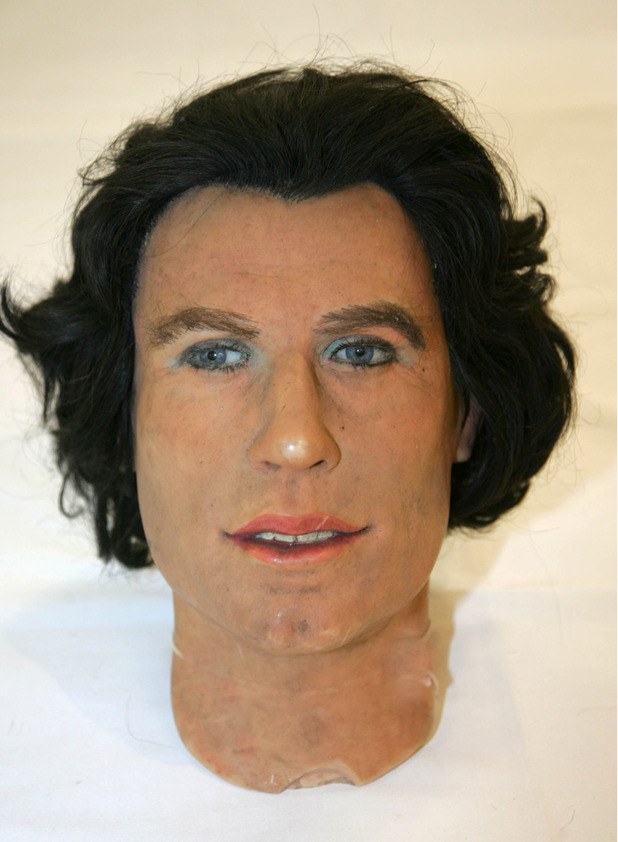

Nicole Kidman and Halle Berry have a peculiar robotic quality to them, Daniel Craig looks more like former Liverpool and England footballer Steven Gerrard than James Bond, while Tom Cruise is James McEvoy after eating cheese for three days straight and suffering the cheese-sweat consequences.īut while the pop and movie stars are bad, the politicians and royals are worse. Queen Victoria has the ham-faced look of former British PM David Cameron, Beyonce looks suspiciously white and closer to Ivanka Trump than Mrs Z, while Bruce Willis comes across as a snooker player. So it is left to Niagara Falls to carry this dubious torch, and boy are some of the waxworks a bit special. And the outpost in Great Yarmouth, Norfolk, regularly dubbed the home of the world's worst waxworks, closed in 2012. The Louis Tussaud's there is now a Madame Tussauds after being taken over. His first effort burned to the ground within six months, so he moved to northern seaside resort Blackpool.

But his brother was appointed chief artist and manager, so Louis left in a huff to set up on his own. Louis was Marie's great-grandson, and worked as a wax-sculptor at her famous London museum. And Louis, bless him, hasn't left quite the same legacy. But it is Louis Tussaud's, rather than Madame Tussauds. The Tussaud name is above the waxwork museum in Niagara Falls. She later ended up touring Britain for 33 years before opening her first permanent waxwork exhibition, and the rest is history. She was saved after an intervention from dramatist Jean-Marie Collot d'Herbois, and then earned a crust by making death masks for the prominent victims of the revolution.

But she was perceived as a royal sympathiser, and faced the guillotine after the French Revolution. Tussaud's first model was of Voltaire, and then she proceeded to churn out other big names of the day. He also spotted that young Marie had a eye for it, and taught her the skills of the trade. See also: Food trucks, Michelin stars - the world's most underrated and overrated foodĬurtius later moved to Paris to open a waxworks gallery, and his talents were noticed by the French royal court, to which he became the semi-official waxwork maker. It turned out that people were willing to pay to see them, and thus an industry was born. The waxworks also had the benefit of surviving the funeral, so they were often put on display. The waxworks replaced the actual corpses – a few unfortunate experiences in hot weather made the funeral planners think twice about carrying rotting dead bodies on top of the coffin. The effigy would be made, then clothed in the deceased royal's own clothes, and carried on top of the coffin during the funeral procession. Her mother worked there as a housekeeper for local doctor Philippe Curtius.īut Curtius had another string to his bow – he was skilled in making wax figures, an art that had been going since the Middle Ages.īack in medieval times, waxworks weren't made so that people could coo at celebrity likenesses – they were made for royalty to form part of their funeral procession.

The original Madame was Marie Tussaud, who at the age of six moved from her native France to Bern in Switzerland. It may be inexcusably naff, it may be eye-wateringly expensive, and there may be several dozen better things to do in town, yet somehow Tussauds will keep coining it in. The Madame Tussauds brand, in particular, has managed to worm its way around the world. Wax museums are odd places, and an absolute staple on lists of tourist traps not worth the money.


 0 kommentar(er)
0 kommentar(er)
